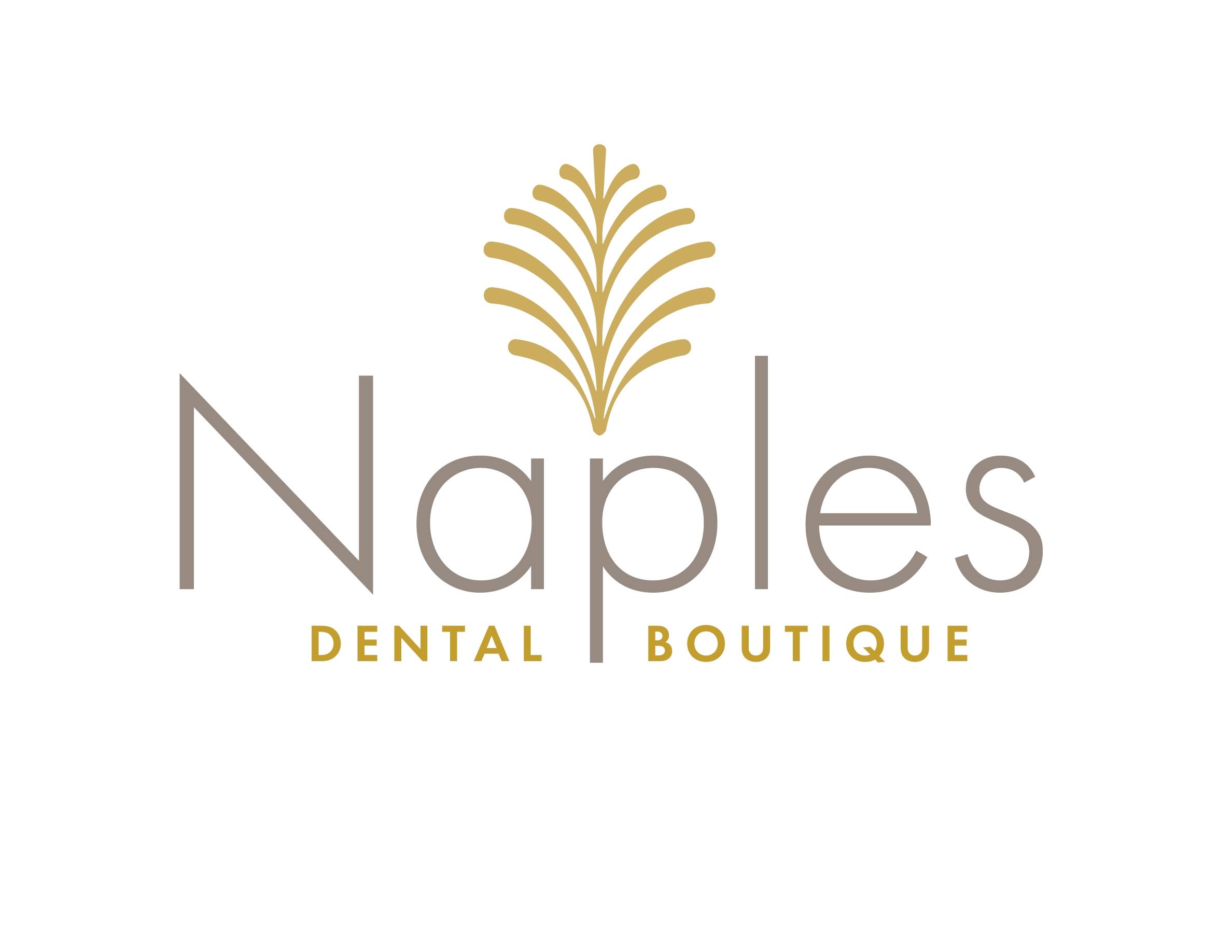Discover How Botox for TMJ Alleviates Jaw Pain and Improves Quality of Life
Did you know that over 10 million Americans suffer from TMJ disorders, experiencing daily pain and discomfort? While Botox is commonly associated with cosmetic procedures, it has gained attention as a potential treatment for TMJ disorders. But how does it work? This blog post explores the use of Botox for TMJ, examining its effectiveness, benefits, risks, and real-life experiences from patients and experts.
[toc]
Understanding TMJ Disorders
Definition and Anatomy
The temporomandibular joint (TMJ) acts as a sliding hinge connecting your jawbone to your skull, facilitating movements required for talking, chewing, and yawning. The TMJ is a complex structure comprising muscles, ligaments, and bones that work together to perform these functions smoothly. This joint is one of the most used joints in the body, involved in almost every aspect of daily life, from eating to speaking.
Causes and Symptoms
TMJ disorders can arise from various causes, including arthritis, jaw injury, and genetics. Arthritis can lead to inflammation and degeneration of the joint, while injuries or trauma to the jaw can disrupt its normal function. Genetic factors may also play a role, as some individuals may be predisposed to TMJ issues. Symptoms of TMJ disorders can range from mild discomfort to severe pain, often radiating to the face, neck, and shoulders. Common symptoms include jaw pain, headaches, earaches, and difficulty chewing. Patients might also experience clicking or popping sounds when moving the jaw, limited range of motion, and even locking of the jaw.
Traditional Treatments
Traditional treatments for TMJ disorders include pain relievers, anti-inflammatory medications, physical therapy, and in severe cases, surgical interventions. Pain relievers and anti-inflammatory medications help reduce pain and inflammation. Physical therapy can strengthen the muscles around the joint and improve its range of motion. Oral appliances or splints are also commonly used to reduce strain on the TMJ by preventing teeth grinding or clenching. In severe cases, surgical interventions might be considered to repair or replace the joint. However, these treatments aim to alleviate symptoms and improve jaw function but may not be effective for everyone.
Botox Treatment for TMJ
Introduction to Botox
Botox, a neurotoxin produced by the bacterium Clostridium botulinum, is widely known for its ability to reduce wrinkles. However, its muscle-relaxing properties are being explored for various medical conditions, including TMJ disorders. Botox works by blocking nerve signals in the muscles, leading to a temporary reduction in muscle activity. This mechanism can be particularly beneficial for conditions involving muscle hyperactivity and tension.
How Botox Helps TMJ
Botox works by blocking nerve signals in the muscles, leading to a temporary reduction in muscle activity. This relaxation of the jaw muscles can help alleviate pain and improve jaw function. By reducing muscle hyperactivity and tension, Botox can provide significant relief for those suffering from TMJ disorders. The muscle relaxation helps to prevent the overuse and clenching that can exacerbate TMJ symptoms. This can lead to a decrease in pain and an increase in the range of motion, improving the overall quality of life for sufferers.
Botox for TMJ Procedure
The procedure involves injecting small amounts of Botox into the jaw muscles, typically the masseter and temporalis muscles. The process is relatively quick, often completed within 15-30 minutes. Patients may experience minimal discomfort during the procedure, as the injections are administered with fine needles. The effects of Botox can be felt within a few days, with maximum relief typically occurring within two weeks. The number of injections and the exact sites can vary based on the severity of the disorder and the specific needs of the patient.
Benefits and Risks of Botox for TMJ
Benefits
Benefits of Botox for TMJ disorders include reduced pain and discomfort, improved jaw movement, and a non-invasive alternative to surgery. Patients often experience enhanced jaw movement and decreased discomfort during activities such as chewing and speaking. Additionally, Botox offers a minimally invasive option with a shorter recovery period compared to surgical interventions. Unlike surgery, which can require significant downtime and carries higher risks, Botox treatments are quick and typically involve little to no recovery time, allowing patients to resume their daily activities almost immediately.
Risks and Side Effects
While Botox is generally considered safe, potential side effects may include bruising at the injection site, temporary muscle weakness, and, in rare cases, difficulty swallowing. The relief provided by Botox is temporary, typically lasting three to six months, requiring repeat treatments for sustained benefits. Although uncommon, some individuals may have allergic reactions to botulinum toxin. It is crucial to receive Botox injections from a qualified healthcare provider to minimize risks and ensure proper administration.
Considerations and Contraindications
Patients considering Botox for TMJ should consult with their healthcare provider to ensure it is a suitable option for their specific condition. Individuals with certain allergies or neuromuscular disorders may need to avoid Botox. Botox may also be used in conjunction with other treatments such as physical therapy, oral appliances, or medications to achieve optimal results. A comprehensive treatment plan tailored to the patient’s unique needs can provide the best outcomes.
FAQ:
Does Botox Really Work for TMJ?
Yes, Botox has been shown to be effective for treating TMJ disorders in several clinical studies. Research indicates that Botox can significantly reduce pain and improve jaw function for patients with TMJ disorders. For example, a study by Rana Ataran found significant pain reduction and improved jaw function in patients treated with botulinum toxin compared to placebo. Similarly, a systematic review by V. Jadhao concluded that Botox significantly reduces pain intensity and improves mouth opening in TMJ patients. Another study by the TMJ Association showed consistent pain relief and functional improvement in patients receiving Botox injections. These findings suggest that Botox is a viable treatment option for managing TMJ symptoms, particularly when traditional treatments have not been effective.
Does Insurance Cover Botox for TMJ?
Insurance coverage for Botox treatment for TMJ varies depending on the insurance provider and the specific plan. In many cases, Botox is considered a medical treatment rather than a cosmetic one when used for TMJ disorders. Therefore, some insurance plans may cover the cost of Botox injections if deemed medically necessary. Patients should consult with their insurance provider to determine their coverage specifics. Additionally, a healthcare provider can often provide documentation to support the medical necessity of the treatment, which may help in obtaining insurance approval.
Where Do You Inject Botox for TMJ?
Botox injections for TMJ are typically administered into the jaw muscles that are most involved in the disorder, primarily the masseter and temporalis muscles. The masseter muscle is located at the angle of the jaw, and the temporalis muscle is located on the side of the head, above the ear. These muscles play a significant role in chewing and jaw movement. By injecting Botox into these areas, the treatment helps to relax the muscles, reduce muscle activity, and alleviate the symptoms associated with TMJ disorders. The exact sites and number of injections can vary based on the severity of the disorder and the specific needs of the patient.
What Is the Age Limit for TMJ Botox?
There is no specific age limit for Botox treatment for TMJ, but it is generally recommended for adults. Botox is not typically used in children or adolescents unless under special circumstances and with careful consideration by a healthcare provider. The decision to use Botox for TMJ treatment should be based on a thorough evaluation by a qualified healthcare professional who can assess the patient’s medical history, the severity of the TMJ disorder, and other individual factors. For adults, there is no upper age limit for receiving Botox treatment, as long as the patient is in good overall health and does not have contraindications for Botox use.
If you are struggling with TMJ pain and seeking a reliable solution, consider professional oral care services from the seasoned experts at Naples Dental Boutique in Naples, FL.
Our experienced dental doctors specialize in providing effective Botox therapy for TMJ disorders, offering personalized care to help alleviate your pain and improve your quality of life.
Don’t let TMJ discomfort hold you back—schedule a consultation today to explore how Botox can benefit you.
Visit or contact Naples Dental Boutique to book your appointment and start your journey toward a pain-free life. Your relief is our priority!


